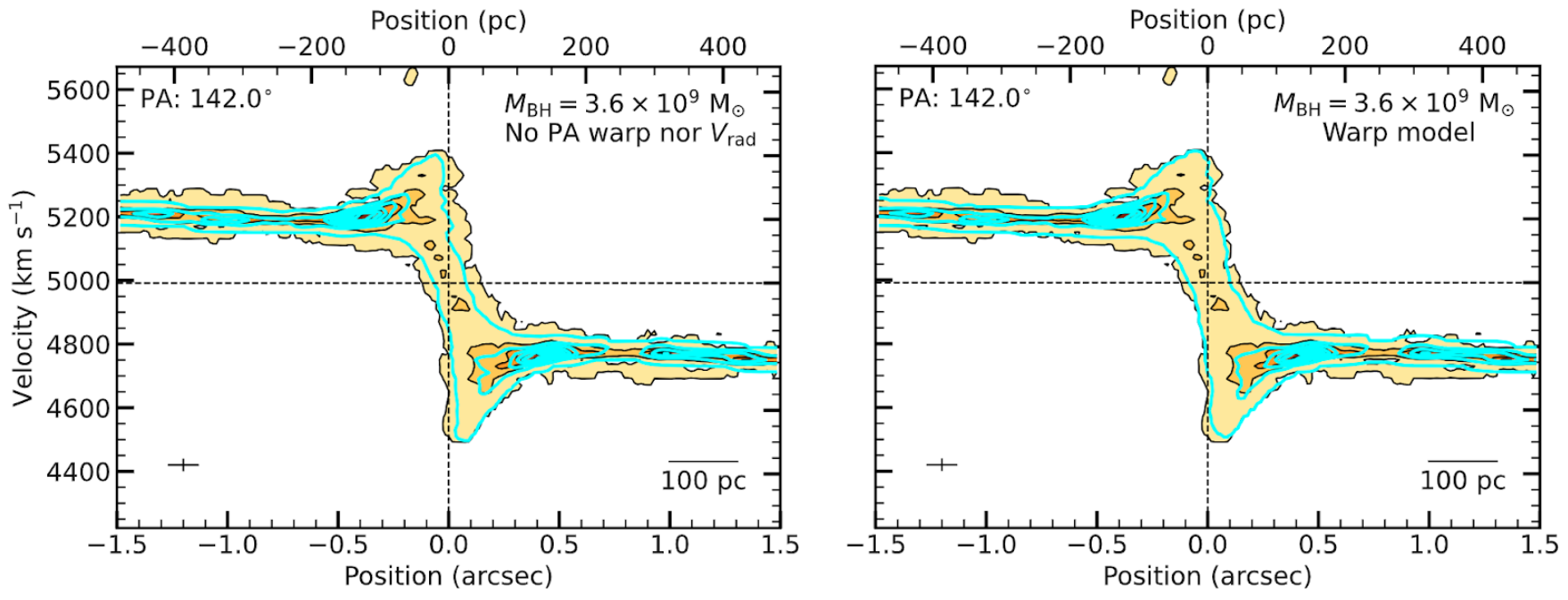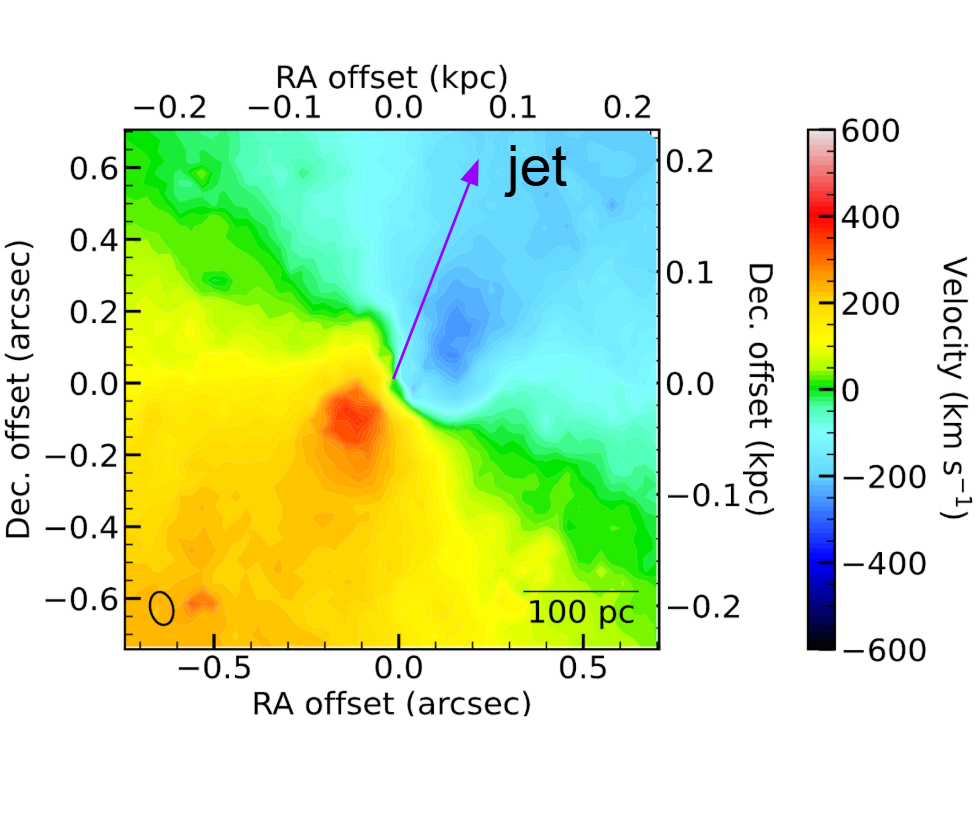WISDOM
Supermassive black hole mass measurements using molecular gas kinematics
Supermassive black holes (SMBHs) at the centres of galaxies dynamically dominate only a small region, named the “sphere of influence” (SoI). Yet, they play a crucial role in galaxy evolution, growing through gas accretion while regulating star formation through feedback mechanisms. The clues to understanding the co-evolution of SMBHs and galaxies lie in the correlations between SMBH masses and galaxy properties, such as stellar velocity dispersion, bulge mass, and total stellar mass.
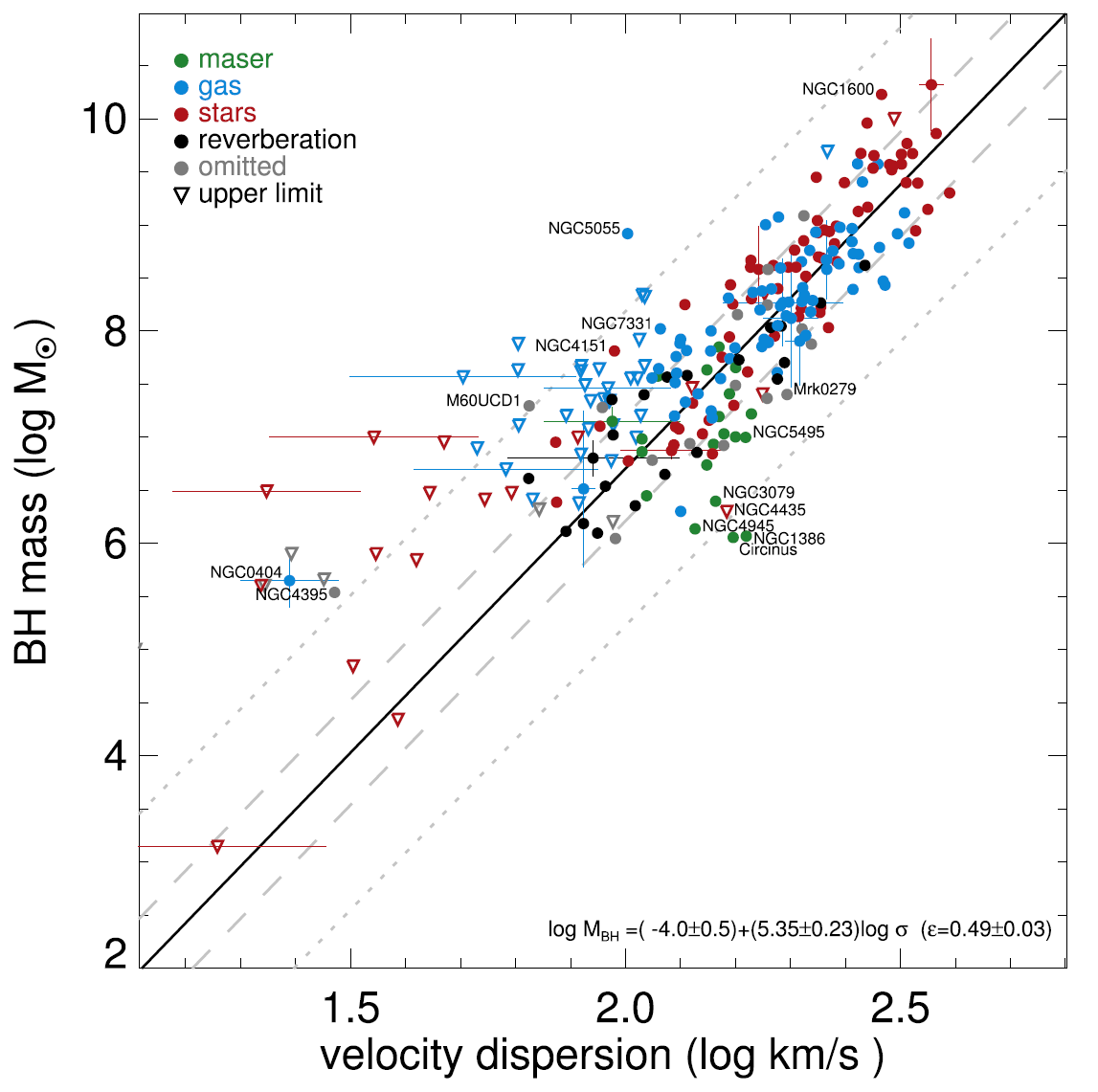
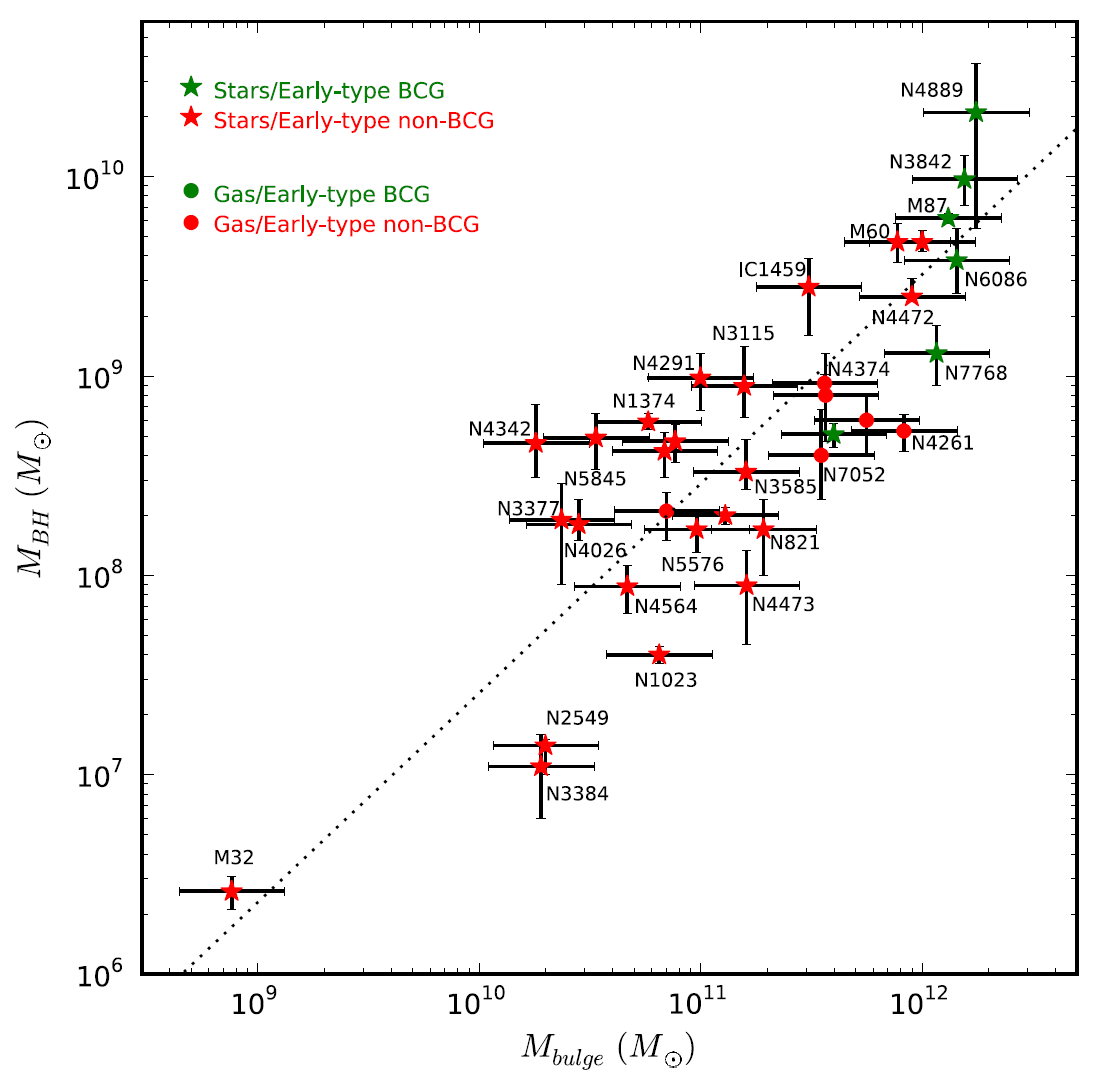
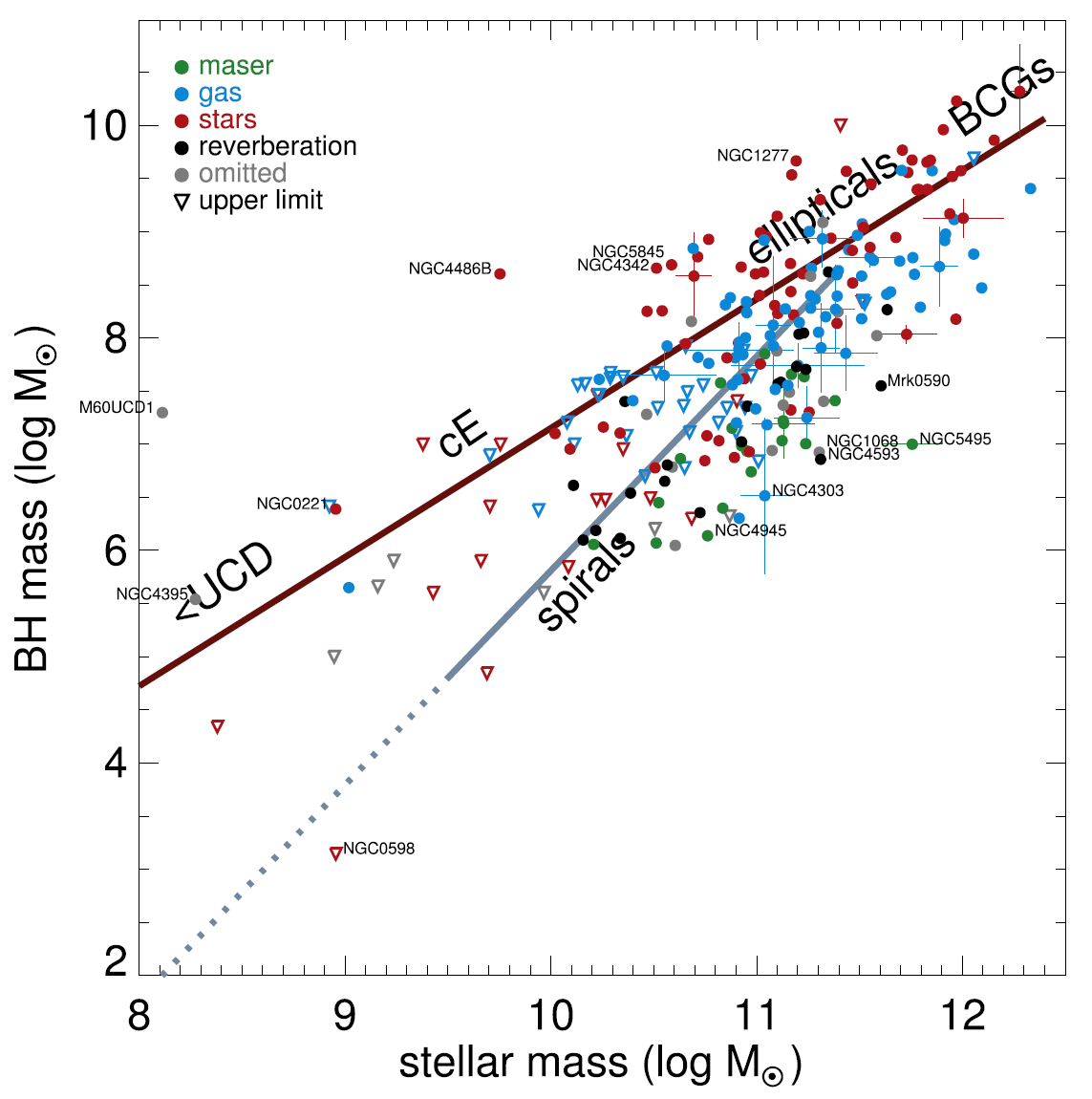
The mm-Wave Interferometric Survey of Dark Object Masses (WISDOM) project has measured SMBH masses in 13 galaxies using ALMA observations of their molecular gas kinematics, a major step towards pinning down the SMBH-galaxy correlations across the Hubble sequence. My work focuses on obtaining the highest-precision SMBH mass measurements using ultra-high-resolution ALMA observations to (1) reveal systematic inaccuracies of lower-resolution SMBH mass determinations, (2) distinguish the intrinsic scatter of SMBH-galaxy relations caused by variations of intrinsic galaxy properties (e.g. morphology and stellar mass) from the observational scatter caused by uncertain measurements, and (3) probe SMBH accretion and feedback down to circumnuclear scales.
The figure below from my recent work (Zhang et al. 2024) shows that the highest-resolution molecular gas kinematic observations using ALMA can resolve the SoI as well as the “gold standard” megamaser observations using VLBI, allowing ultra-high precision SMBH mass measurements in a much more diverse sample of galaxies and studies of the circumnuclear molecular gas disk to unprecedented detail.
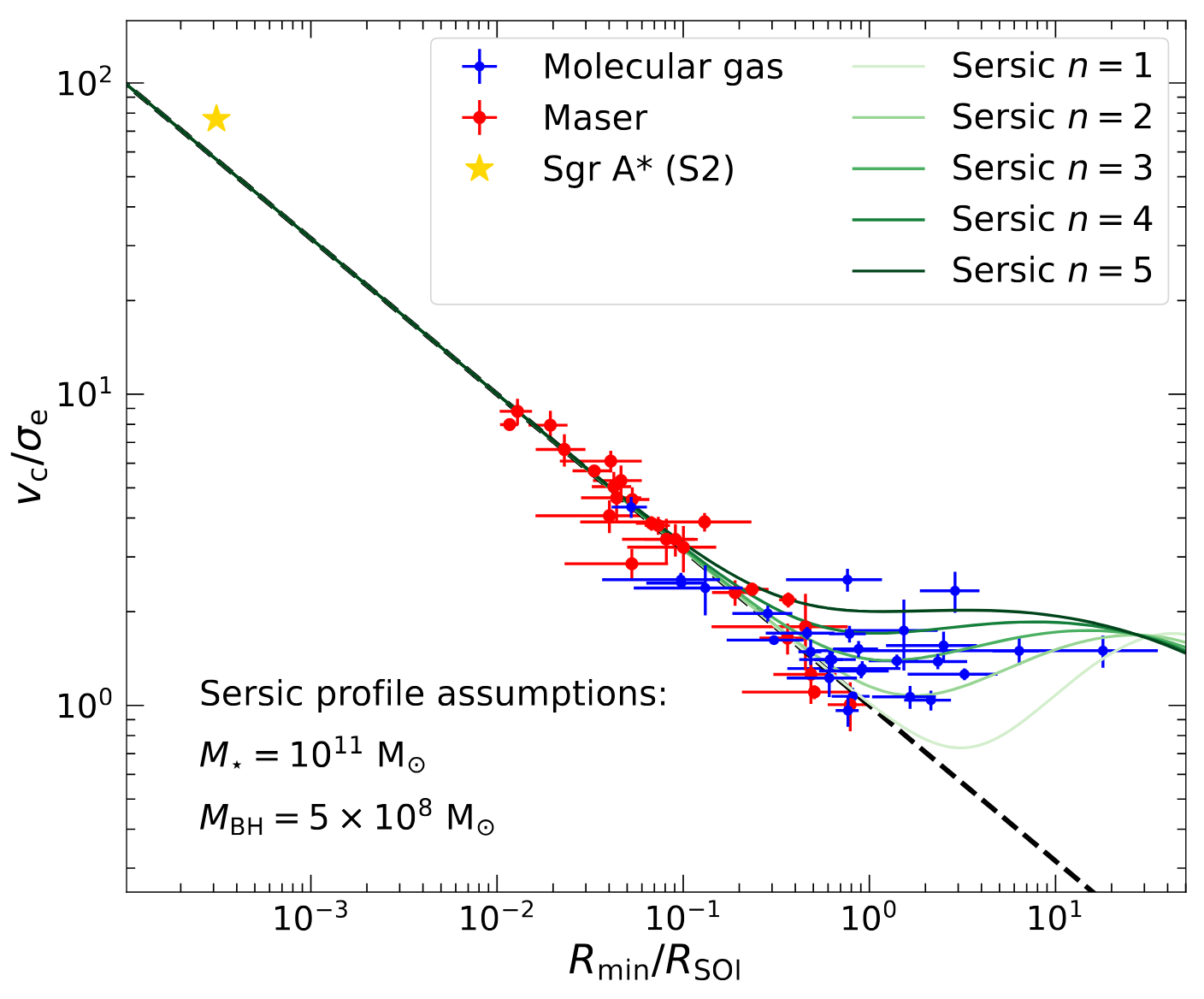
This remarkable NGC 383 measurement is shown below. Achieving a physical resolution of only 10 pc, we detected the strongest SMBH dynamical signature ever seen in molecular gas observations. Dynamical modelling using the KinMS package gives an SMBH mass of $(3.58 \pm 0.19)\times10^9,M_\odot$. This measurement has an unprecedented precision of 5% and reveals that the previous SMBH mass measurement in this galaxy using lower-resolution ALMA observations slightly overestimated the SMBH mass.
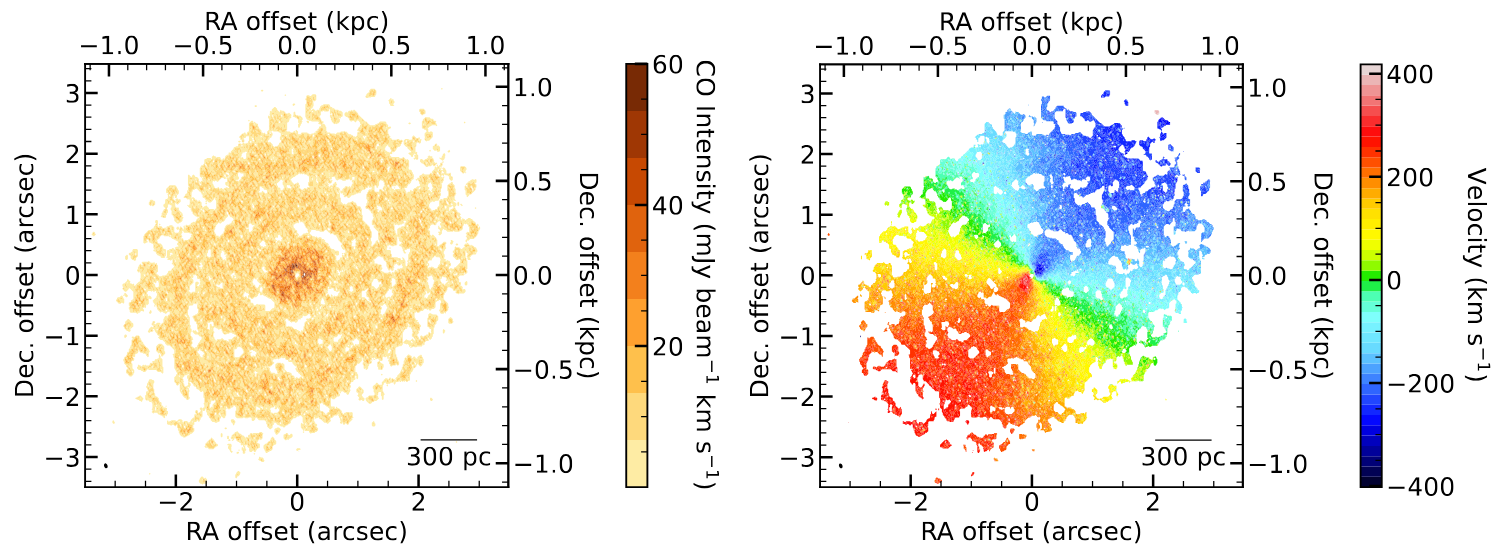

Additionally, this high-resolution ALMA observation revealed a possible position angle warp in the previously unresolved central region of the molecular gas disk, which aligns the circumnuclear molecular gas disk more closely with the radio jet in this galaxy than the large-scale molecular gas disk. Such an alignment was previously only seen in megamaser disk observations.
